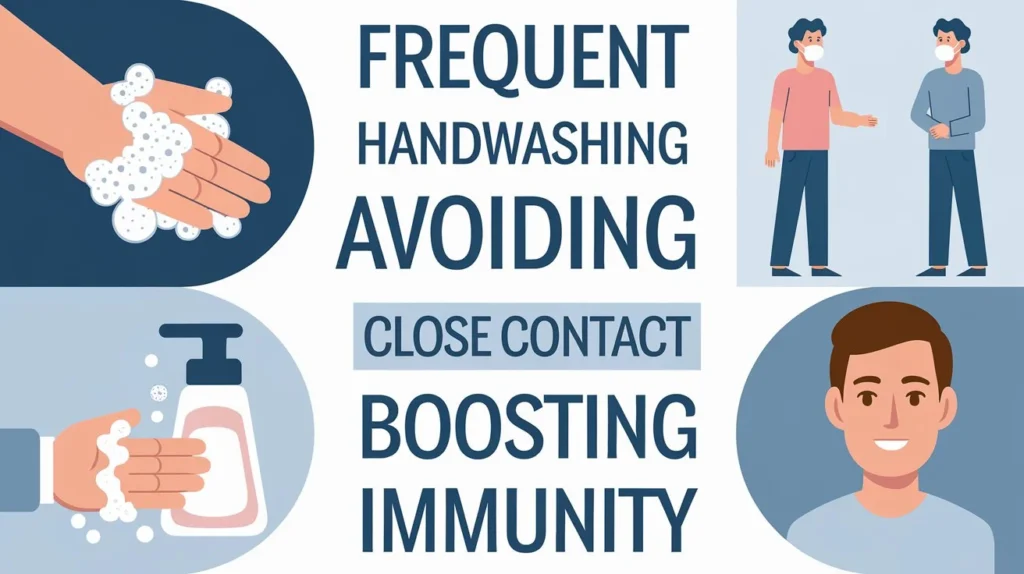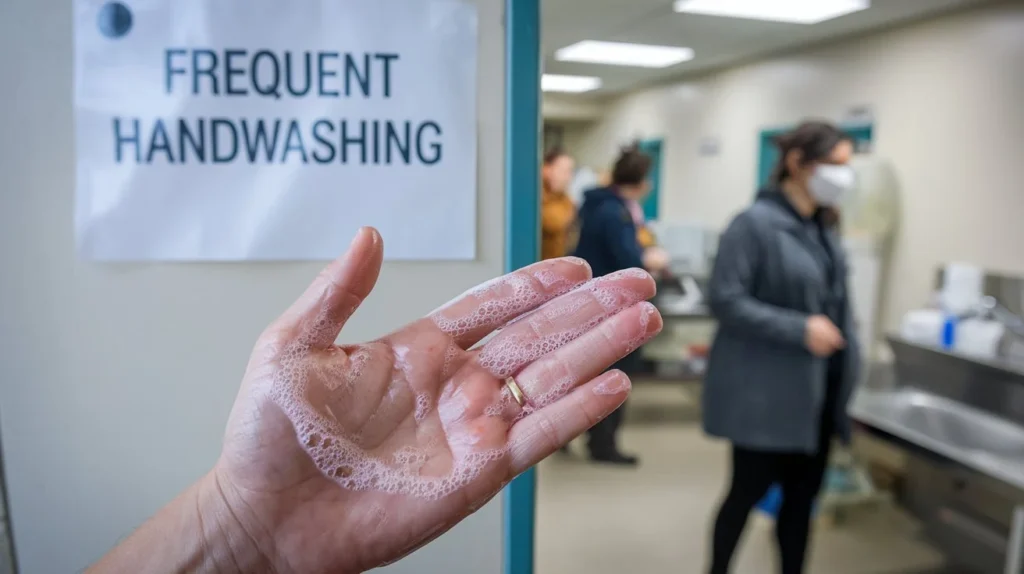Understanding the Common Cold in Children: Causes, Symptoms, and Care
The sniffles, sneezes, and stuffy noses that come with the common cold are all too familiar to parents of young children. It’s one of the most prevalent illnesses children face, especially during colder months or back-to-school season. While a cold often resolves on its own, it can disrupt daily routines, cause discomfort, and lead to sleepless nights. In this article, we’ll walk you through the basics of what causes cold-like symptoms in children, how to care for your little one during illness, and when it’s time to consult a healthcare provider.
Table of Contents
1. What Causes Cold Symptoms in Children?
The primary cause of cold symptoms is often viral infections from various strains, with rhinoviruses being the most common culprits. Due to their developing immune systems, children are more susceptible to these infections, especially in crowded environments like schools and daycare centers.
| Virus Type | Percentage of Cases | Season |
|---|---|---|
| Rhinovirus | 30-50% | Fall, Spring |
| Respiratory Syncytial Virus (RSV) | 15-20% | Winter, early Spring |
| Coronavirus | 10-15% | Winter |
| Parainfluenza | 5% | Late Summer, Fall |

2. Recognizing Symptoms
Children often exhibit a variety of symptoms, which can sometimes make it difficult to distinguish between a cold and other illnesses. Here’s a guide to the common symptoms and how they typically present.
| Symptom | Description | Common Duration |
|---|---|---|
| Runny or Stuffy Nose | Clear or green mucus | 7-10 days |
| Sneezing | Frequent, sometimes with itchy nose | 3-5 days |
| Sore Throat | Mild to moderate discomfort | 1-3 days |
| Cough | May start dry and become productive | Up to 2 weeks |
| Low-Grade Fever | Often below 100.4°F | 1-2 days |
| Fatigue | General tiredness | Variable |
Understanding these symptoms can help you respond quickly, providing comfort and care for your child.
3. Stages and Duration of a Cold
The cold generally progresses through predictable stages. Knowing what to expect can help you better manage symptoms and gauge recovery.
Cold Stages in Children
- Onset Stage: Usually begins with a tickle in the throat or sneezing, often within 1-3 days after exposure.
- Peak Stage: Symptoms such as a runny nose, cough, and mild fever intensify and last 2-3 days.
- Resolution Stage: Symptoms gradually improve, though a cough may linger for up to two weeks.
| Stage | Typical Symptoms | Time Frame |
|---|---|---|
| Onset | Sneezing, mild sore throat | Day 1-3 |
| Peak | Runny nose, cough, low fever | Day 3-5 |
| Resolution | Symptoms lessen | Day 6-10 |
4. Effective Home Remedies and Care Tips
Managing cold symptoms at home can be challenging, especially since over-the-counter medications aren’t always suitable for young children. Here are some practical, gentle remedies and care tips.
Care Tips
- Hydration: Keeping your child hydrated with water, juice, or warm soups can help thin mucus and soothe sore throats.
- Humidifier Use: A cool-mist humidifier in your child’s room can relieve congestion and make breathing easier.
- Honey (for children over one year): A spoonful of honey can soothe a cough naturally, though it should not be given to babies under 12 months.
| Remedy | Benefit | Recommended Age |
|---|---|---|
| Hydration | Thins mucus, soothes sore throat | All ages |
| Humidifier | Eases congestion | All ages |
| Honey | Cough relief | 1 year and up |
5. Prevention Tips for Parents

While colds are nearly impossible to avoid completely, some steps can reduce your child’s exposure to viruses and strengthen their immunity.
- Frequent Handwashing: Encourage your child to wash their hands with soap and water, especially after playtime, before eating, and after using the restroom.
- Avoiding Close Contact: Teach children to avoid sharing utensils, drinks, or close contact with others who are unwell.
- Boosting Immunity: A balanced diet, adequate sleep, and regular physical activity can strengthen the immune system and make it easier for your child to fight off infections.

6. Frequently Asked Questions
Q1: How can I tell if my child’s symptoms are from a cold and not something more serious?
A cold usually includes a runny or stuffy nose, mild fever, and cough. However, if your child has difficulty breathing, a high fever, or severe fatigue, it’s best to consult your healthcare provider.
Q2: Is it safe to use over-the-counter cold medicine for my child?
Many over-the-counter cold medications are not recommended for young children. It’s important to check with your doctor before giving any medication to children under six.
Q3: How can I help prevent my child from catching frequent colds?
Good hygiene, regular handwashing, and a healthy lifestyle can help reduce the frequency of colds.
7. References
- American Academy of Pediatrics (AAP). (2023). Guidelines on Pediatric Respiratory Infections. AAP Publications.
- Mayo Clinic Staff. (2022). Common Cold in Children. Retrieved from MayoClinic.org
- Centers for Disease Control and Prevention (CDC). (2022). Handwashing and Hygiene Tips for Families.







